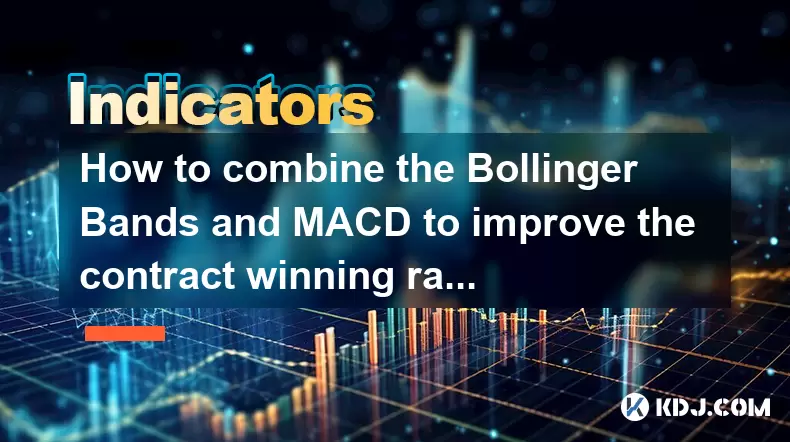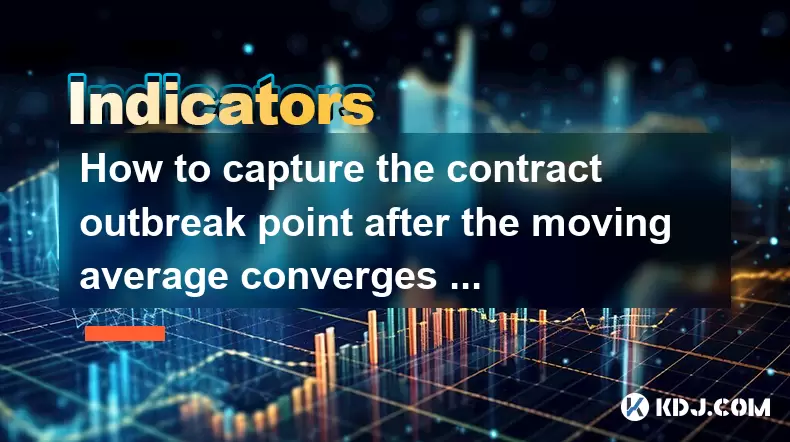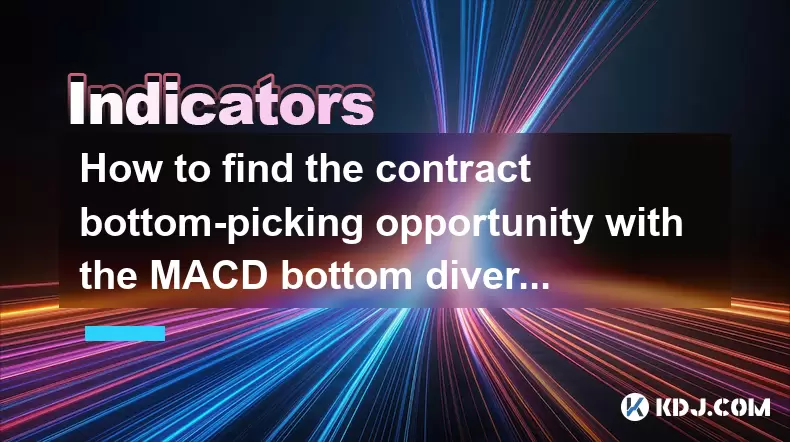-
 Bitcoin
Bitcoin $106,754.6083
1.33% -
 Ethereum
Ethereum $2,625.8249
3.80% -
 Tether USDt
Tether USDt $1.0001
-0.03% -
 XRP
XRP $2.1891
1.67% -
 BNB
BNB $654.5220
0.66% -
 Solana
Solana $156.9428
7.28% -
 USDC
USDC $0.9998
0.00% -
 Dogecoin
Dogecoin $0.1780
1.14% -
 TRON
TRON $0.2706
-0.16% -
 Cardano
Cardano $0.6470
2.77% -
 Hyperliquid
Hyperliquid $44.6467
10.24% -
 Sui
Sui $3.1128
3.86% -
 Bitcoin Cash
Bitcoin Cash $455.7646
3.00% -
 Chainlink
Chainlink $13.6858
4.08% -
 UNUS SED LEO
UNUS SED LEO $9.2682
0.21% -
 Avalanche
Avalanche $19.7433
3.79% -
 Stellar
Stellar $0.2616
1.64% -
 Toncoin
Toncoin $3.0222
2.19% -
 Shiba Inu
Shiba Inu $0.0...01220
1.49% -
 Hedera
Hedera $0.1580
2.75% -
 Litecoin
Litecoin $87.4964
2.29% -
 Polkadot
Polkadot $3.8958
3.05% -
 Ethena USDe
Ethena USDe $1.0000
-0.04% -
 Monero
Monero $317.2263
0.26% -
 Bitget Token
Bitget Token $4.5985
1.68% -
 Dai
Dai $0.9999
0.00% -
 Pepe
Pepe $0.0...01140
2.44% -
 Uniswap
Uniswap $7.6065
5.29% -
 Pi
Pi $0.6042
-2.00% -
 Aave
Aave $289.6343
6.02%
What should I do if it falls below the neckline to form an M head? Must I cut my losses and leave the market?
The M head pattern in crypto trading signals a potential trend reversal, helping traders manage risk by identifying key support and resistance levels.
Jun 18, 2025 at 02:29 am

Understanding the M Head Pattern in Cryptocurrency Trading
The M head pattern, also known as the double top pattern, is a well-known technical analysis formation that signals a potential reversal from an uptrend to a downtrend. In the context of cryptocurrency trading, recognizing this pattern can be crucial for managing risk and making informed decisions. The structure consists of two distinct peaks at approximately the same price level, separated by a moderate pullback. The neckline acts as a support level, drawn between the two troughs.
When the price breaks below the neckline after forming both tops, it often indicates that bullish momentum has weakened, and bears are gaining control. This breakdown is typically accompanied by increased volume, reinforcing the validity of the pattern. Traders who identify this formation early may consider taking defensive actions such as reducing exposure or initiating short positions.
Key Point:
The M head pattern is not a guarantee of a bearish move but serves as a warning signal that market sentiment might be shifting downward.What Does It Mean When Price Falls Below the Neckline?
Once the price falls below the neckline, it confirms the completion of the M head pattern. This event often triggers stop-loss orders and prompts traders to reevaluate their long positions. The drop below the neckline suggests that support has been converted into resistance, potentially leading to further downside movement.
In crypto markets, which are highly volatile and influenced by sentiment, such a breakdown can lead to rapid declines. Traders should closely monitor volume during the breakout. A strong increase in selling volume adds credibility to the pattern’s reliability. If the volume remains low, the breakdown could be false or temporary.
Important Note:
Not all breakouts result in significant moves. Some cryptocurrencies may rebound quickly, especially if the broader market conditions remain bullish.Should I Cut My Losses Immediately After the Breakdown?
Deciding whether to cut losses after the neckline is broken depends on your trading strategy, risk tolerance, and position size. For active traders or those using technical setups strictly, exiting long positions upon confirmation of the M head pattern makes sense. This helps protect capital and avoid deeper drawdowns.
However, if you're holding for the long term or believe the asset's fundamentals remain strong, a strict technical exit may not be necessary. It’s important to assess whether the breakout aligns with other indicators or fundamental developments affecting the coin.
Evaluate your entry point
– If you entered near the second peak, cutting losses quickly might be prudent.Assess overall market conditions
– Broader trends in Bitcoin or Ethereum can influence individual altcoins.Check for volume confirmation
– High selling pressure increases the likelihood of continued decline.
Alternative Actions Instead of Immediate Exit
Rather than exiting entirely, some traders opt for alternative strategies when facing a confirmed M head pattern. These include:
Partial profit-taking
– Sell a portion of your holdings to lock in gains while keeping exposure for a possible recovery.Trailing stops
– Adjust stop-loss levels dynamically to protect profits without exiting completely.Hedging
– Use options or inverse ETFs (where available) to offset potential losses.
These approaches allow traders to manage risk without fully abandoning a position. It's also wise to reassess the trade setup based on new information, such as upcoming events or news that could affect the asset.
How to Set Stop-Loss Levels Based on the M Head Pattern
Setting appropriate stop-loss levels is critical when dealing with technical patterns like the M head. One common method involves placing the stop just above the highest peak of the pattern. This gives the trade room to breathe while limiting downside risk.
To calculate the potential target once the pattern completes, measure the vertical distance between the neckline and the highest peak. Subtract that amount from the neckline to estimate how far the price may fall. However, always combine this with other tools like moving averages or Fibonacci retracements for better accuracy.
Identify the height of the pattern
– From the neckline to the top of the second peak.Project the target downward
– Apply the measured move from the neckline down.Adjust for volatility
– Crypto assets often overshoot or undershoot projected targets due to high volatility.
Frequently Asked Questions
Q: Can the M head pattern appear on any time frame?
Yes, the M head pattern can occur on all time frames, from 1-hour charts to weekly charts. However, patterns observed on higher time frames (like daily or weekly) tend to carry more weight and are considered more reliable by professional traders.
Q: Is it possible for the price to return above the neckline after breaking below it?
Absolutely. False breakouts are common in crypto markets. If the price returns above the neckline shortly after breaking below it, the M head pattern may lose its significance, and bulls could regain control.
Q: How does the M head differ from a triple top pattern?
The M head features two peaks, while the triple top has three peaks at similar levels. The triple top is generally seen as a stronger reversal signal because it shows repeated failure to break through resistance.
Q: Should I rely solely on the M head pattern for making trading decisions?
No single indicator or pattern should be used in isolation. Combining the M head with other tools like volume analysis, moving averages, and trendlines improves the probability of successful trades.
Disclaimer:info@kdj.com
The information provided is not trading advice. kdj.com does not assume any responsibility for any investments made based on the information provided in this article. Cryptocurrencies are highly volatile and it is highly recommended that you invest with caution after thorough research!
If you believe that the content used on this website infringes your copyright, please contact us immediately (info@kdj.com) and we will delete it promptly.
- Check Your Change! That £2 Coin Could Be Worth £500!
- 2025-06-19 18:45:12
- Bitcoin, Solaris, and Mobile Mining: The Next Big Thing?
- 2025-06-19 18:45:12
- Coin Master Free Spins & Links: Your Daily Dose of Spins (June 19, 2025)
- 2025-06-19 18:52:12
- RAY Price Rockets with Volume Surge: Is This the Start of a Stock Rally?
- 2025-06-19 19:05:12
- RAY Price Rockets with Volume Surge: Rally or Just a Spike?
- 2025-06-19 18:25:12
- Royal Ascot Ready: SBK's Free Bet Bonanza for 2025
- 2025-06-19 19:05:12
Related knowledge

How to combine the Bollinger Bands and MACD to improve the contract winning rate?
Jun 19,2025 at 06:35pm
Understanding Bollinger Bands and MACD IndicatorsTo effectively combine Bollinger Bands and the MACD (Moving Average Convergence Divergence), it's essential to first understand what each indicator represents. Bollinger Bands consist of a middle moving average line and two outer bands that adjust based on market volatility. When prices move toward the up...

How does the long lower shadow of the K line indicate the formation of the bottom of the contract?
Jun 19,2025 at 05:00am
Understanding the Long Lower Shadow in K-Line AnalysisIn cryptocurrency trading, K-line analysis plays a pivotal role in determining market sentiment and potential price reversals. A long lower shadow, also known as a long wick, is one of the most telling candlestick patterns that traders look for when assessing whether a bottom might be forming in a co...

How to capture the contract outbreak point after the moving average converges and diverges?
Jun 19,2025 at 02:07pm
Understanding Moving Average Convergence and Divergence in Crypto TradingIn cryptocurrency trading, moving averages are among the most widely used technical indicators. The concept of convergence and divergence refers to how different moving averages align or separate over time. When short-term and long-term moving averages come together (converge), it ...

How to find the contract bottom-picking opportunity with the MACD bottom divergence?
Jun 19,2025 at 02:28pm
Understanding MACD Bottom Divergence in Cryptocurrency TradingMACD (Moving Average Convergence Divergence) is a widely used technical analysis tool that helps traders identify potential reversals in price trends. Bottom divergence, specifically, occurs when the price of an asset makes a new low, but the MACD indicator does not confirm this by making a c...

How to use the DEMARK indicator to predict the high and low points of the contract?
Jun 19,2025 at 04:21am
What Is the DEMARK Indicator?The DEMARK indicator is a technical analysis tool developed by Tom DeMark, aimed at identifying price exhaustion points in financial markets. It helps traders anticipate potential reversal zones, especially in volatile environments such as cryptocurrency contracts. The indicator works by detecting specific patterns and seque...

Why does the contract sometimes not fall after the moving average crosses?
Jun 18,2025 at 08:50pm
Understanding Moving Averages in Cryptocurrency TradingIn the realm of cryptocurrency trading, moving averages are among the most widely used technical indicators. They help traders identify potential trends by smoothing out price data over a specified period. The two primary types are the Simple Moving Average (SMA) and the Exponential Moving Average (...

How to combine the Bollinger Bands and MACD to improve the contract winning rate?
Jun 19,2025 at 06:35pm
Understanding Bollinger Bands and MACD IndicatorsTo effectively combine Bollinger Bands and the MACD (Moving Average Convergence Divergence), it's essential to first understand what each indicator represents. Bollinger Bands consist of a middle moving average line and two outer bands that adjust based on market volatility. When prices move toward the up...

How does the long lower shadow of the K line indicate the formation of the bottom of the contract?
Jun 19,2025 at 05:00am
Understanding the Long Lower Shadow in K-Line AnalysisIn cryptocurrency trading, K-line analysis plays a pivotal role in determining market sentiment and potential price reversals. A long lower shadow, also known as a long wick, is one of the most telling candlestick patterns that traders look for when assessing whether a bottom might be forming in a co...

How to capture the contract outbreak point after the moving average converges and diverges?
Jun 19,2025 at 02:07pm
Understanding Moving Average Convergence and Divergence in Crypto TradingIn cryptocurrency trading, moving averages are among the most widely used technical indicators. The concept of convergence and divergence refers to how different moving averages align or separate over time. When short-term and long-term moving averages come together (converge), it ...

How to find the contract bottom-picking opportunity with the MACD bottom divergence?
Jun 19,2025 at 02:28pm
Understanding MACD Bottom Divergence in Cryptocurrency TradingMACD (Moving Average Convergence Divergence) is a widely used technical analysis tool that helps traders identify potential reversals in price trends. Bottom divergence, specifically, occurs when the price of an asset makes a new low, but the MACD indicator does not confirm this by making a c...

How to use the DEMARK indicator to predict the high and low points of the contract?
Jun 19,2025 at 04:21am
What Is the DEMARK Indicator?The DEMARK indicator is a technical analysis tool developed by Tom DeMark, aimed at identifying price exhaustion points in financial markets. It helps traders anticipate potential reversal zones, especially in volatile environments such as cryptocurrency contracts. The indicator works by detecting specific patterns and seque...

Why does the contract sometimes not fall after the moving average crosses?
Jun 18,2025 at 08:50pm
Understanding Moving Averages in Cryptocurrency TradingIn the realm of cryptocurrency trading, moving averages are among the most widely used technical indicators. They help traders identify potential trends by smoothing out price data over a specified period. The two primary types are the Simple Moving Average (SMA) and the Exponential Moving Average (...
See all articles

























































































